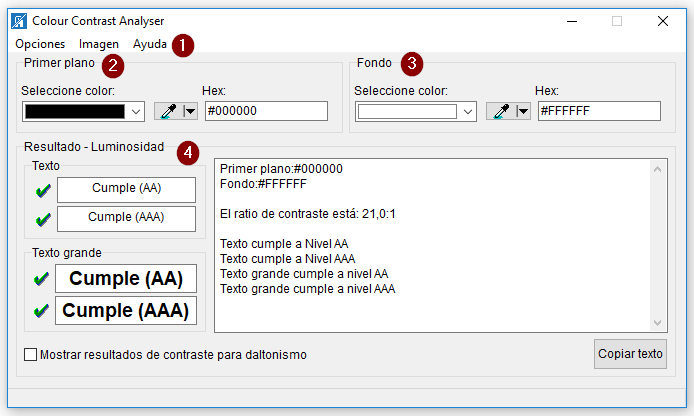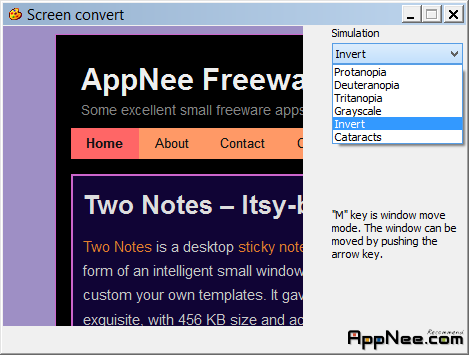


In step one we code "B" which is inside the interval [0.5, 0.83): The binary number "0.10 x" is the shortest code that represents an interval that is entirely inside [0.5, 0.83). Furthermore, we assume that the recursion depth is known in each step. Probability of "A" is 50%, probability of "B" is 33% and probability of "C" is 17%. Īn arithmetic coding example assuming a fixed probability distribution of three symbols "A", "B", and "C". A recent family of entropy coders called asymmetric numeral systems allows for faster implementations thanks to directly operating on a single natural number representing the current information. It represents the current information as a range, defined by two numbers. Arithmetic coding differs from other forms of entropy encoding, such as Huffman coding, in that rather than separating the input into component symbols and replacing each with a code, arithmetic coding encodes the entire message into a single number, an arbitrary-precision fraction q, where 0.0 ≤ q < 1.0. When a string is converted to arithmetic encoding, frequently used characters will be stored with fewer bits and not-so-frequently occurring characters will be stored with more bits, resulting in fewer bits used in total. Normally, a string of characters is represented using a fixed number of bits per character, as in the ASCII code. ( September 2016) ( Learn how and when to remove this template message)Īrithmetic coding ( AC) is a form of entropy encoding used in lossless data compression. Please help to improve this article by introducing more precise citations. This article includes a list of general references, but it lacks sufficient corresponding inline citations.


 0 kommentar(er)
0 kommentar(er)
